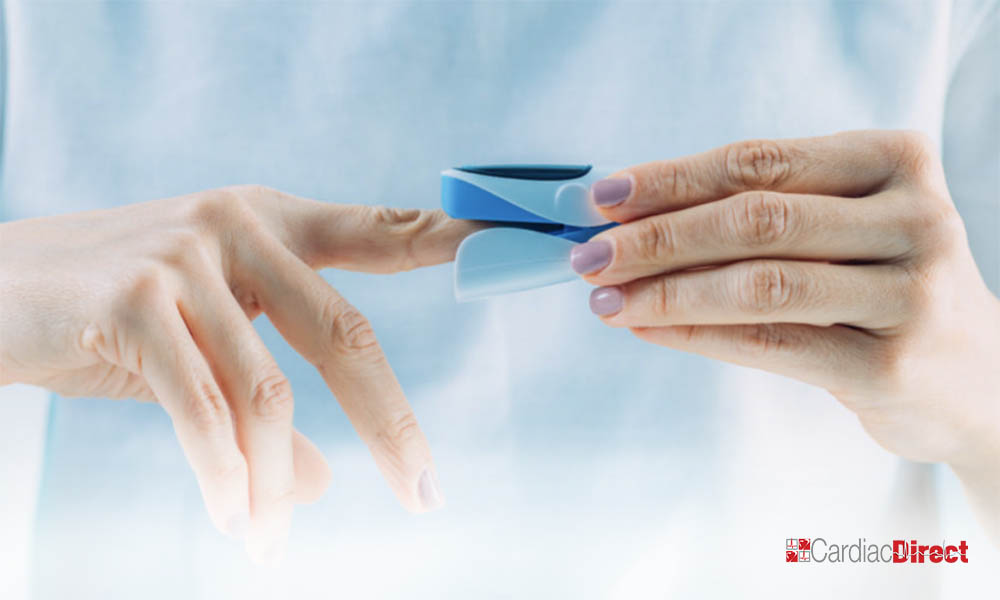Oxygen Saturation Testing to Detect COVID-19

Oxygen Saturation Testing to Detect COVID-19
Doctors are noticing a trend in COVID-19 patients: their blood oxygen saturation levels are extremely low. Meaning, they are not getting a normal threshold of oxygen to their lungs. What is very strange about this is that these patients show no sign of breathlessness. This is a phenomenon known as silent hypoxia.
A near-normal blood oxygen saturation level is more than 90%, with 94-100% considered normal. Meaning, if a patient registers a number lower than this, the brain might not be getting the oxygen it needs, leading to confusion and lethargy. Additionally, if a level drops as far as the low 80s, there is a real danger of damage to vital organs and even death.
Richard Leviatian, MD, is an emergency medical physician that wrote an op-ed for The New York Times. His writing detailing his experience volunteering for New York City’s Bellevue Hospital. That’s where he saw an overwhelming amount of critically ill patients who arrived at the hospital with dangerously low oxygen levels. He wrote that in cases like these, a pulse oximeter can help.
Why a Pulse Oximeter?
A Pulse Oximeter can be used to monitor COVID-19 symptoms, along with other respiratory complications. Much like a thermometer, a pulse oximeter reads your blood oxygen levels and heart rate. In contrast, pulse oximeters aren’t a mainstay in many medical cabinets. However, coronavirus may change all of that. Similarly, a pulse oximeter is extremely easy to use and painless.
So, what happens when it is hard to distinguish milder symptoms from those that warrant emergency medical care? Recently doctors have been advising patients to buy a pulse oximeter for their homes. As a result, they’re given the ability to monitor their oxygen levels without having to go to the doctors or hospitals. More specifically, it’s targeted towards those with symptoms of chronic health conditions like heart or lung problems.
Richard Leviatatain, MD, who we mentioned earlier also suggests that “Widespread pulse oximetry screening for COVID pneumonia, whether people check themselves on home devices or go to clinics or doctors’ offices, could provide an early warning system for the kinds of breathing problems associated with COVID pneumonia.”
It is important to note that some doctors suggest those with preexisting health breathing issues will have a history of not showing normal oxygen saturation levels. In addition, for issues like asthma, COPD, or other lung diseases, pulse oximeters would not be very effective.
Important Reminder:
If you are an individual looking to purchase a pulse oximeter for home use please contact your doctor to determine whether or not oxygen saturation is relevant for you. As a reminder, this article does not serve as a substitute for medical advice. We encourage readers to stay informed on news and recommendations for their own communities.

